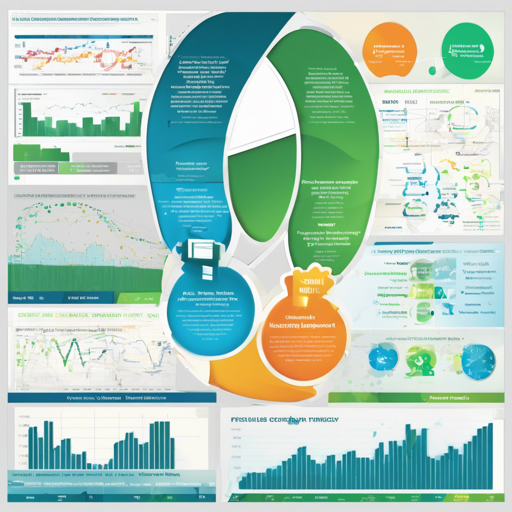Welcome to your guide on leveraging the Financial Sentiment Model. This model has been fine-tuned to classify sentiments in financial texts effectively, making it a valuable tool for anyone dealing with financial data. Let’s dive in and understand how to utilize this model, interpret its results, and troubleshoot common issues.
Understanding the Financial Sentiment Model
The Financial Sentiment Model is a fine-tuned version of the deepmind/language-perceiver designed specifically to analyze sentiments expressed in financial phrases from a dataset known as the financial_phrasebank. Think of it as a specialized accountant who can read emotional cues from financial statements and market communication.
Model Configuration:
- Name: financial_sentiment_model
- Dataset Used: financial_phrasebank
- Metrics Achieved:
- Recall: 0.884
- Accuracy: 0.880
- Precision: 0.860
You can imagine the model as a student who has studied intensely over four epochs, with each epoch being equivalent to one round of exams. In these exams, the model showcased an impressive ability to recall important information (recall of 0.884 means it was able to recognize relevant sentiments in 88.4% of cases) and maintain accuracy (88.0% of its predictions were correct). Each of these metrics plays an essential role in evaluating the model’s performance.
Key Metrics Explained
- Recall: Measures the model’s ability to identify positive samples correctly. In our case, this tells us how well the model detected sentiments that were indeed positive.
- Accuracy: Reflects the overall correctness of the model. It’s like a report card indicating how often the model gets it right.
- Precision: Indicates how accurate the positive predictions are. High precision means when the model says it’s a positive sentiment, it usually is.
Training Details and Procedural Insights
This model was trained using specific hyperparameters to optimize performance. The training was conducted with:
- Learning Rate: 2e-05
- Batch Size: 16
- Optimizer: Adam
- Epochs: 4
- Distributed Type: TPU
These parameters guide how the model learns from the data, just as a student requires specific study habits and environment to succeed academically.
Troubleshooting Your Financial Sentiment Model
Running into issues? Here are some troubleshooting ideas to help you navigate any bumps in your journey:
- Model Not Performing as Expected: Ensure that your input data is preprocessed correctly. The model expects data to be in the same format as the training data.
- Long Processing Times: If the model is taking longer than you anticipated, consider reducing your batch size or checking your computing resources.
- Libraries Outdated: Ensure you are using the correct versions of necessary libraries:
- Transformers: 4.15.0
- Pytorch: 1.9.0+cu102
- Datasets: 1.17.0
- Tokenizers: 0.10.3
For more insights, updates, or to collaborate on AI development projects, stay connected with fxis.ai.
Conclusion
The Financial Sentiment Model is a powerful tool that can significantly enhance your ability to analyze financial communication. By understanding how it works and being equipped with troubleshooting strategies, you can maximize its potential in your projects.
At fxis.ai, we believe that such advancements are crucial for the future of AI, as they enable more comprehensive and effective solutions. Our team is continually exploring new methodologies to push the envelope in artificial intelligence, ensuring that our clients benefit from the latest technological innovations.

